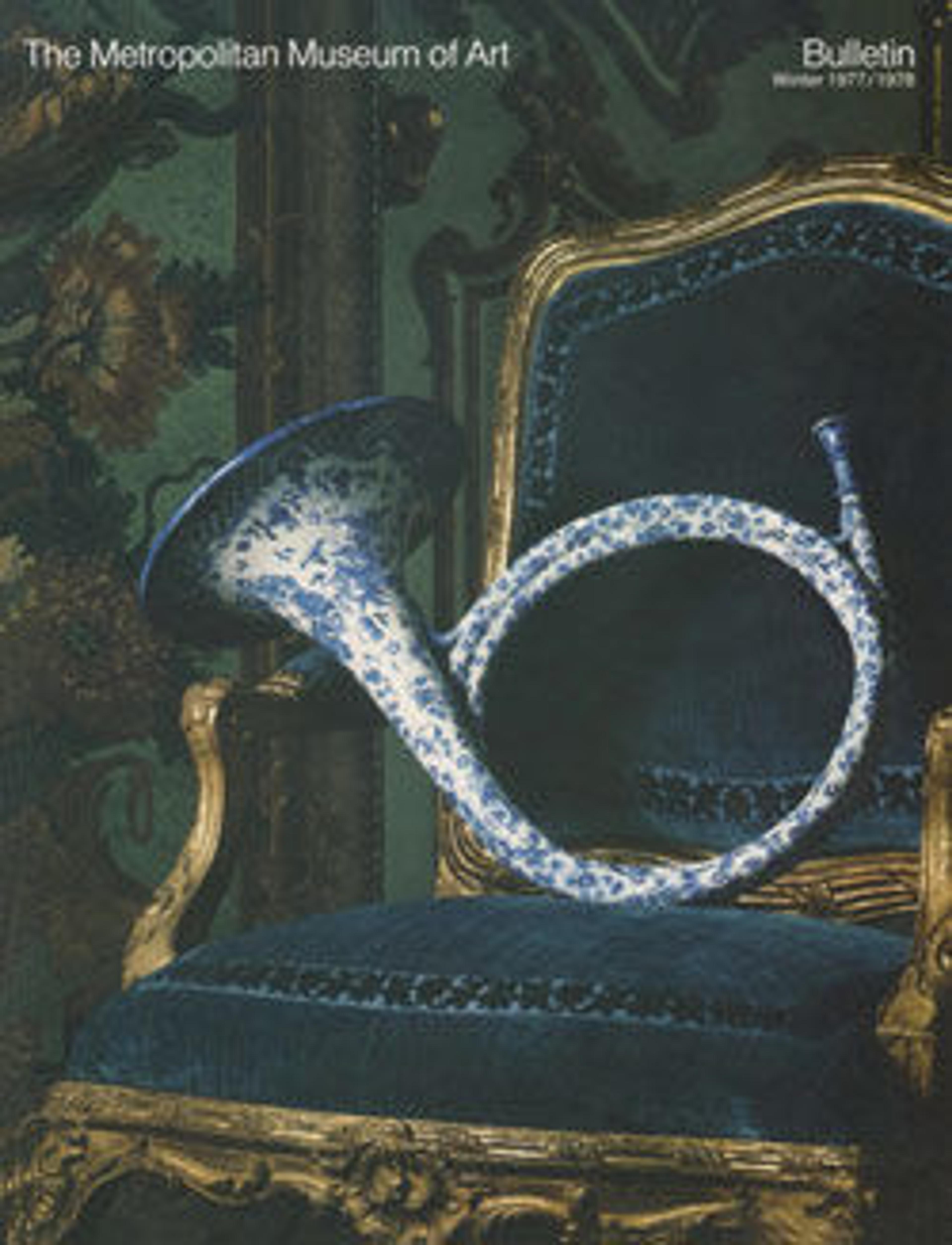Rabāb
This type of rabāb is one of the most important instruments in traditional Arabic ensembles of Tunisia, Algeria, and Morocco. It made its way into Spain with the Moors and from about 1300 lent its name to the early European fiddle, the rebec, which was originally played with the rounded end on the lap just as the rabāb is played today. Short-necked, bowed lutes from Algeria are made with decorative pierced brass fingerboards while those from Morocco use wood to cover the hollowed neck. The dolphin represented on the back of the instrument is a symbol of good luck for these Demitarian cultures.
Artwork Details
- Title: Rabāb
- Date: 19th century
- Geography: Algeria
- Culture: Algerian
- Medium: Wood, brass, mother-of-pearl, gut, leather, bone
- Dimensions: 23 1/4 × 4 5/16 × 2 3/4 in. (59 × 11 × 7 cm)
Width (Of lower bout): 4 5/16 in. (11 cm)
Width (Of waist): 3 9/16 in. (9 cm)
Width (Of fingerboard): 4 5/16 in. (11 cm)
Length (Of upper section): 12 13/16 in. (32.5 cm)
Width (Of upper section at nut): 1 3/8 in. (3.5 cm)
Body depth at lower section: 2 3/4 in. (7 cm)
Body depth at upper section: 2 3/8 in. (6 cm) - Classification: Chordophone-Lute-bowed-unfretted
- Credit Line: Gift of Joseph W. Drexel, 1889
- Object Number: 89.2.186a, b
- Curatorial Department: Musical Instruments
More Artwork
Research Resources
The Met provides unparalleled resources for research and welcomes an international community of students and scholars. The Met's Open Access API is where creators and researchers can connect to the The Met collection. Open Access data and public domain images are available for unrestricted commercial and noncommercial use without permission or fee.
To request images under copyright and other restrictions, please use this Image Request form.
Feedback
We continue to research and examine historical and cultural context for objects in The Met collection. If you have comments or questions about this object record, please complete and submit this form. The Museum looks forward to receiving your comments.
